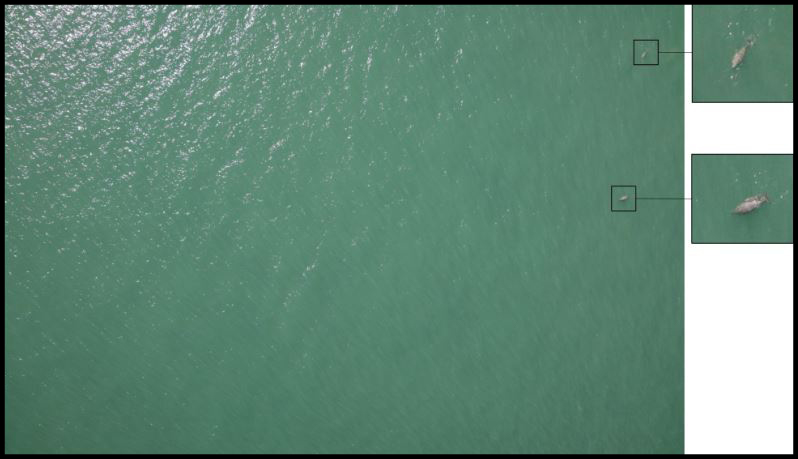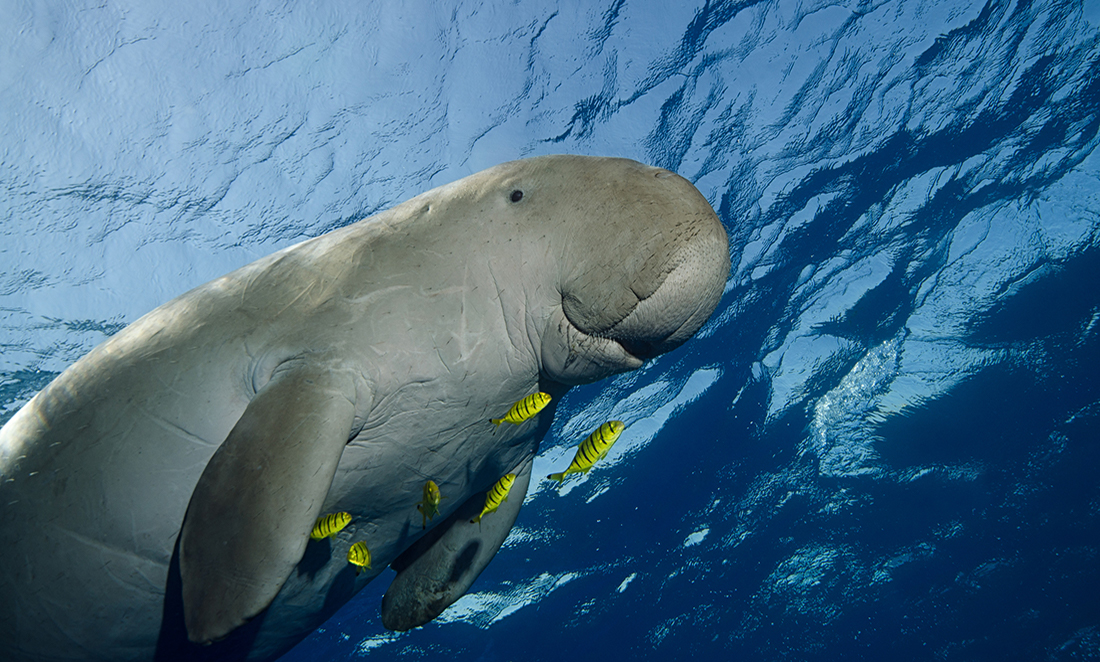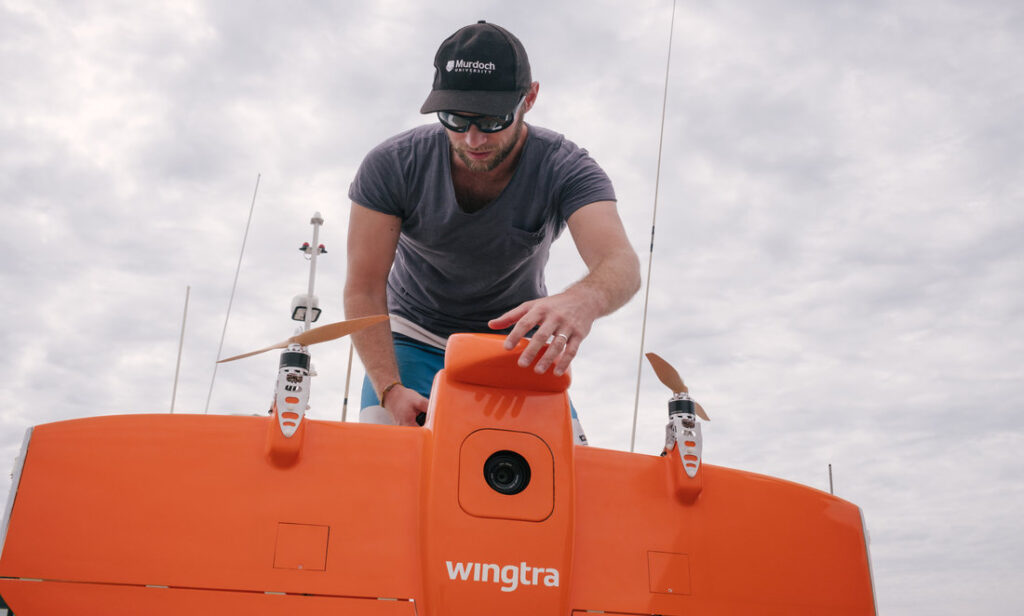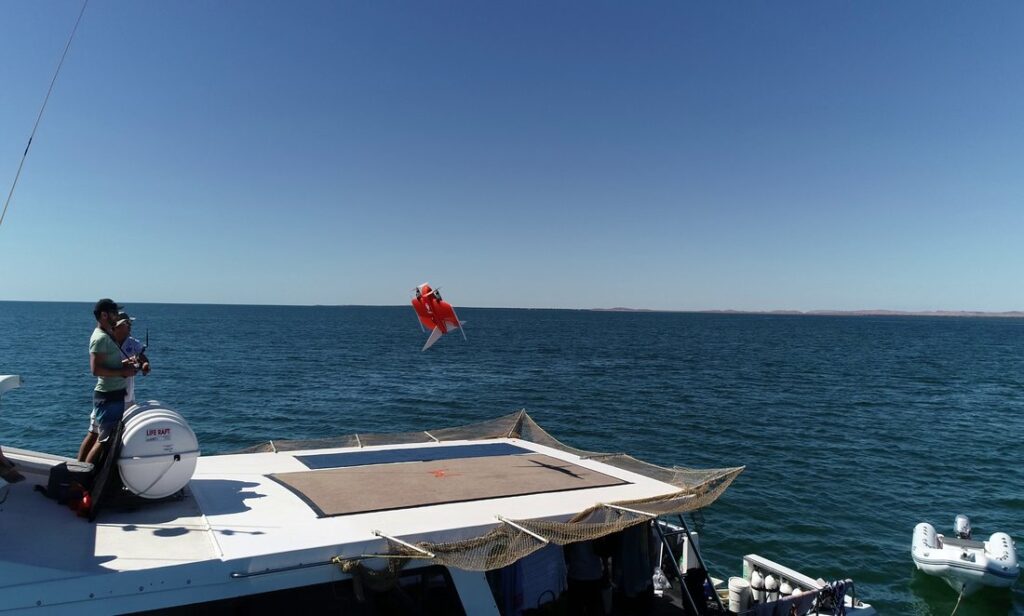Remote areas, gorgeous coastlines and dugongs all tend to go hand-in-hand.
Just like aerial surveys, tiny planes and countless hours of manually sorting through images.
Until now, the best way to monitor dugong populations has been to charter a plane, hire a pilot and fly up and down the coast.
Sounds fun, until you lose an engine. Which happens more often than Murdoch University’s Dr Amanda Hodgson would like.
Amanda’s been working for 10 years to replace manned aerial surveys with drone-based surveys instead.
And Drone-based surveys aren’t only safer, they’re cheaper, faster and more detailed as well.
Who doesn’t love a dugong?
Dugongs are insanely cute and incredibly important.
“They’re my favourite species on the planet,” says Amanda. “They’re the only herbivorous marine mammal, and they’re really unique genetically.”
However, dugongs often live in super-remote spots, and they’re shy animals. This makes them tricky (and expensive) to study.

“We’re lacking essential information on dugongs, such as where they are, how many they are, how we can protect them,” says Amanda’s team member Dr Christophe Cleguer, who has spent hundreds of hours in small planes, spotting dugongs.
Super-speedy onboard processing
Christophe recently undertook a 3-week test survey along WA’s Pilbara coast.
He tested a few different drones, with one standout: the WingtraOne.

The WingtraOne is a hybrid drone mostly used in mining and forestry work.
It can take off and land vertically, like a helicopter, which is vital for operation on a small boat.
Once airborne, it flies like a fixed-wing aeroplane, which improves its range. It can also be equipped with a very high-resolution camera.
“It’s a balance between needing a particular resolution to detect and identify dugongs and covering as much area as possible,” says Christophe.
“Drones really open new opportunities... Using a drone, you can pinpoint the location of a dugong very precisely, down to tens of metres.”
The drones collected thousands of images, which were all processed by the team’s high-speed onboard dugong-spotting algorithm.
“In a matter of days, we could create maps of dugong distribution and density,” says Christophe. “That’s really exciting.”
The algorithm already recognises dugongs 70% of the time, and its performance will improve as more photos are collected.

New directions
Drones free researchers from the need to find, fund and fly a small plane.
“Drones really open new opportunities,” Christophe says. “Using a drone, you can pinpoint the location of a dugong very precisely, down to tens of metres.”
Amanda agrees: “Previously, we didn’t have any way of monitoring a really small location. Now we can continually monitor an area for days at a time.”
Australia has large populations of dugongs, particularly in Shark Bay and Torres Strait.
“Outside of the Australian boundary, from East Africa to Vanuatu, it’s really just pockets of dugongs left,” Christophe says.
Now, we can use drones to learn more than ever about these incredible creatures.
“It’s exciting to study a species that not much is known about,” Amanda says. “We have the opportunity to discover so much.”











